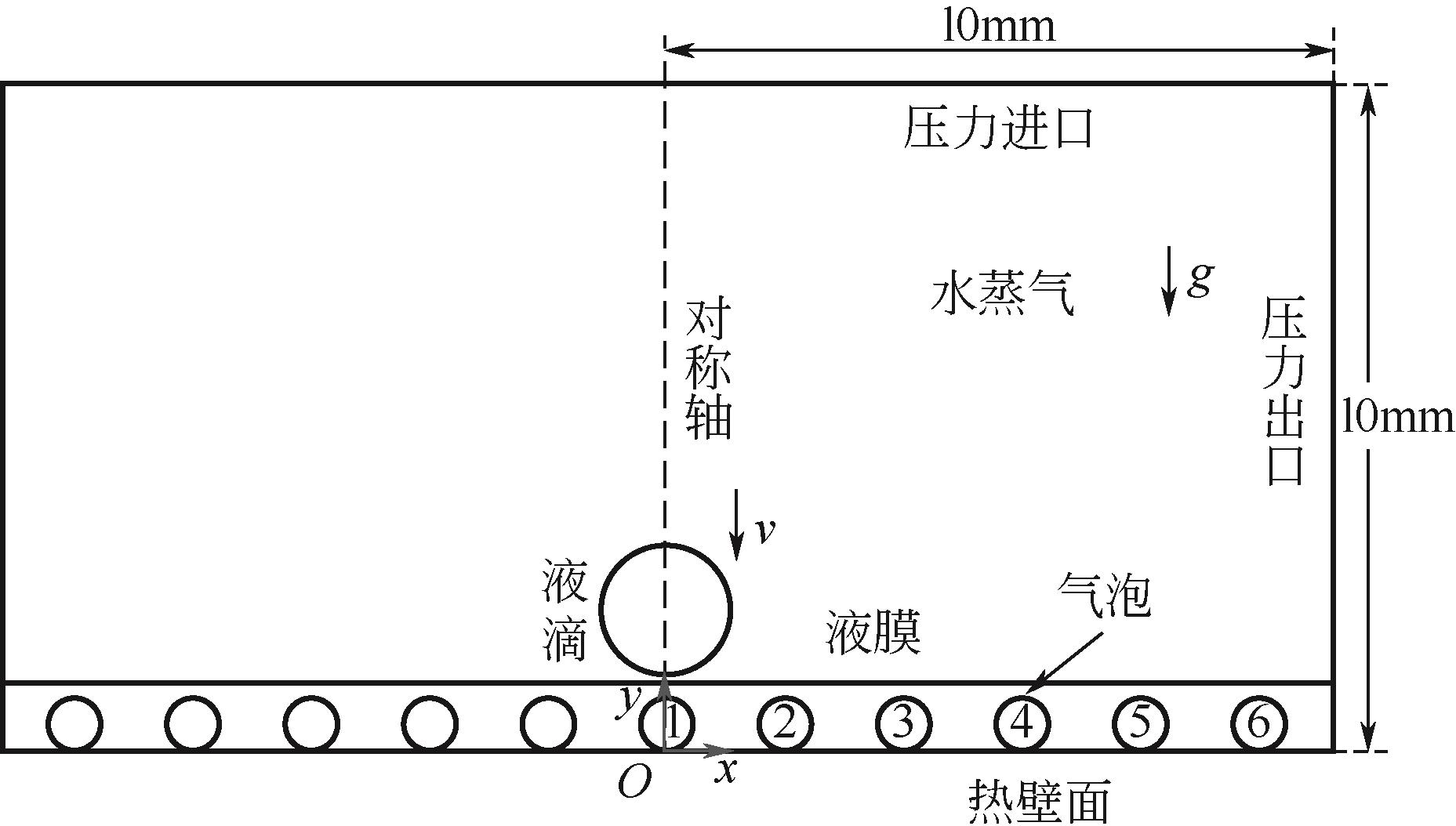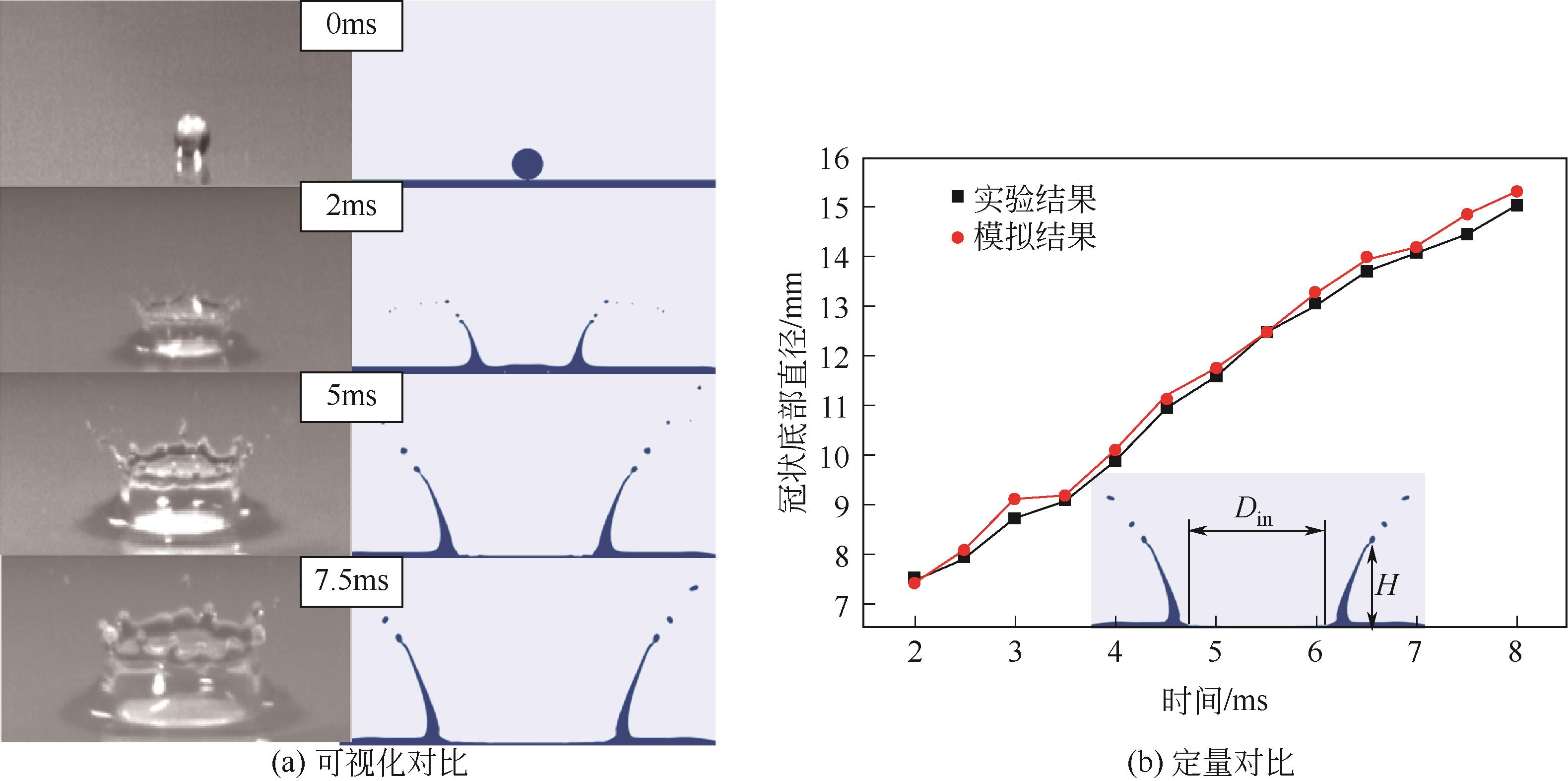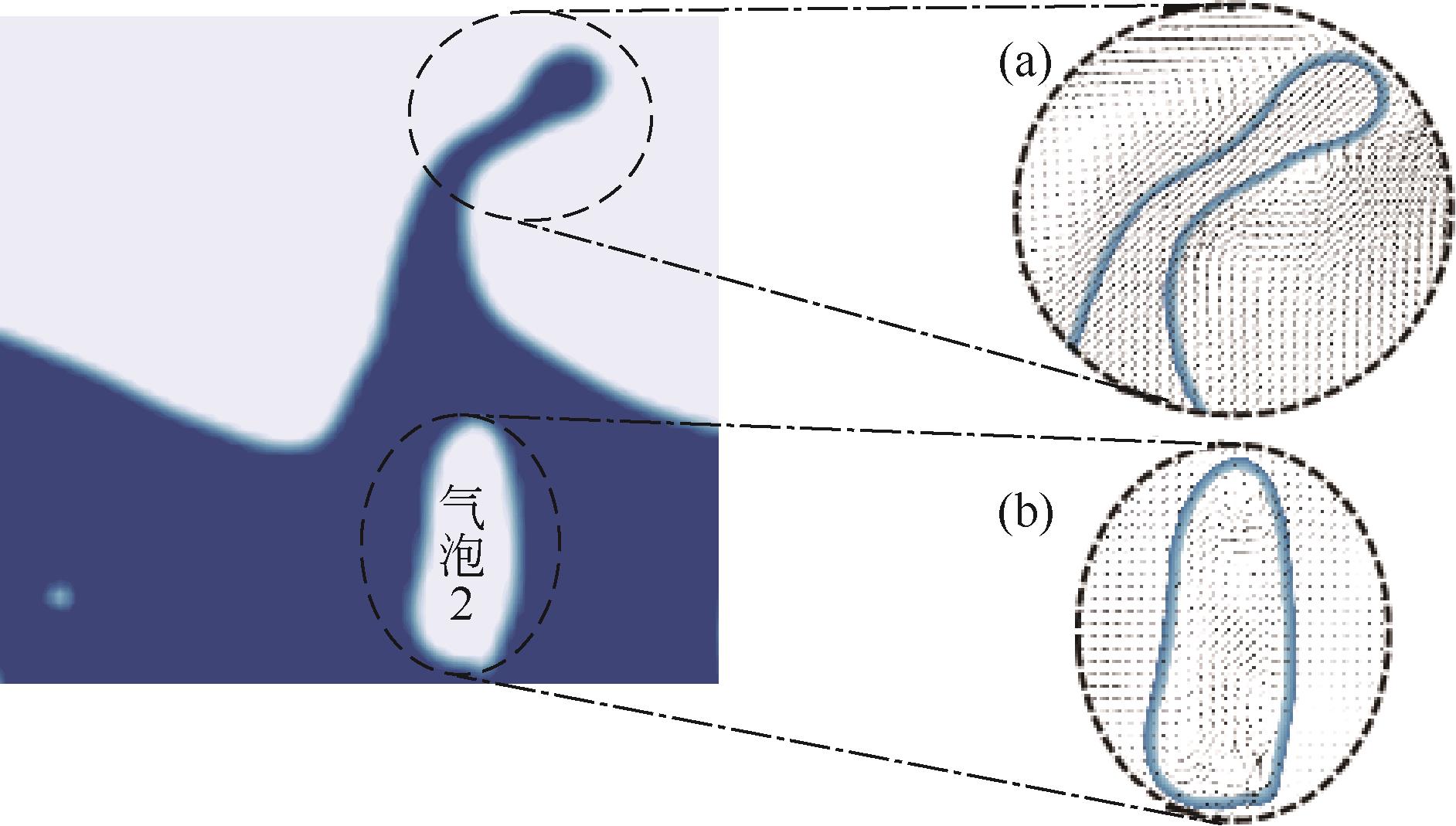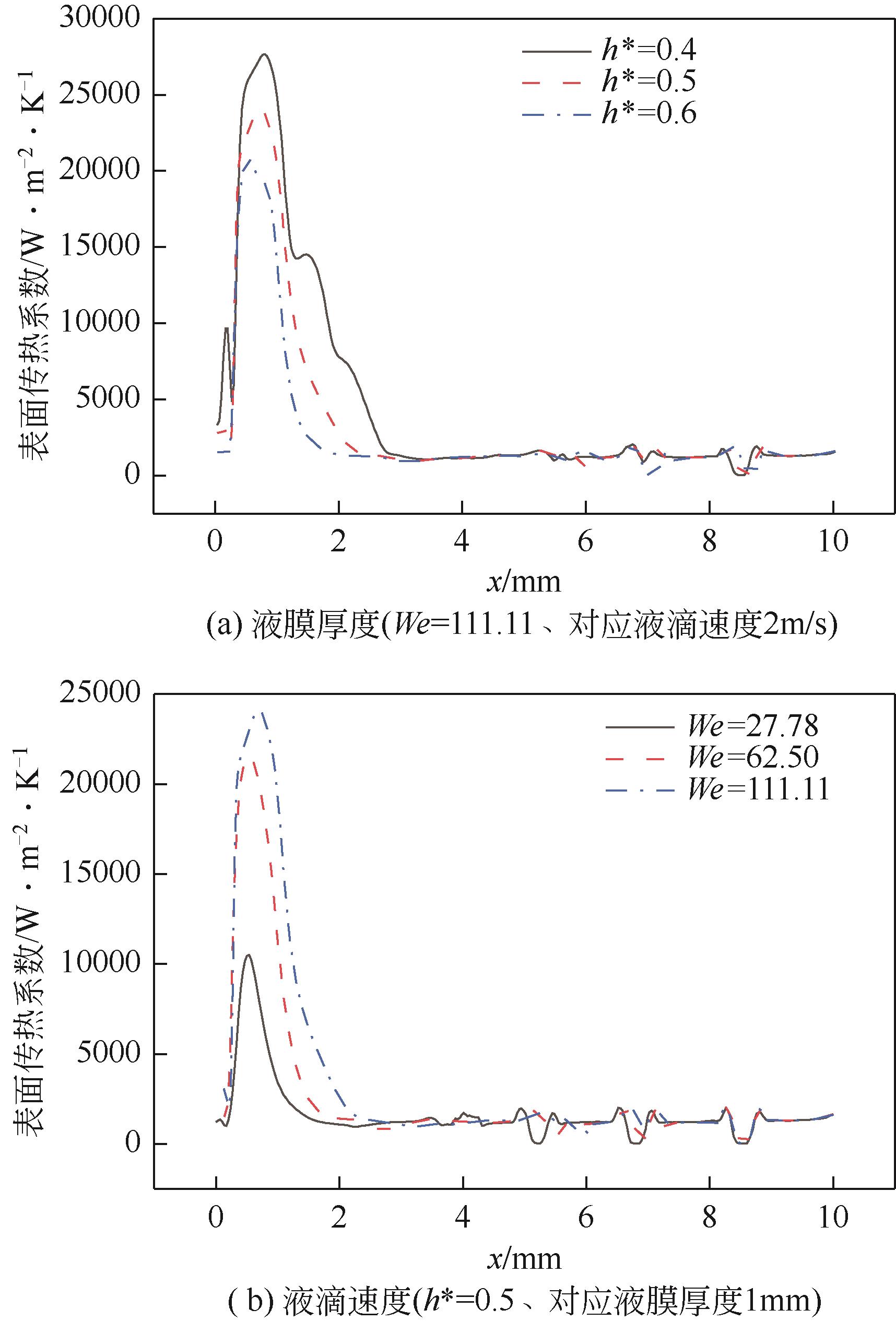| 1 |
MUDAWAR I. Recent advances in high-flux, two-phase thermal management[J]. Journal of Thermal Science and Engineering Applications, 2013, 5(2): 021012.
|
| 2 |
BOSTANCI H, RINI D P, KIZITO J P, et al. High heat flux spray cooling with ammonia: investigation of enhanced surfaces for CHF[J]. International Journal of Heat and Mass Transfer, 2012, 55(13/14): 3849-3856.
|
| 3 |
YANG J, CHOW L C, PAIS M R. Nucleate boiling heat transfer in spray cooling[J]. Journal of Heat Transfer, 1996, 118(3): 668-671.
|
| 4 |
张亚东, 张伟, 秦朔. 喷雾冷却换热机理研究进展[J]. 制冷技术, 2020, 40(1): 34-41, 53.
|
|
ZHANG Yadong, ZHANG Wei, QIN Shuo. Research progress of spray cooling heat transfer mechanism[J]. Chinese Journal of Refrigeration Technology, 2020, 40(1): 34-41, 53.
|
| 5 |
LIANG G T, MUDAWAR I. Review of spray cooling—Part 1: Single-phase and nucleate boiling regimes, and critical heat flux[J]. International Journal of Heat and Mass Transfer, 2017, 115: 1174-1205.
|
| 6 |
BREITENBACH J, ROISMAN I V, TROPEA C. From drop impact physics to spray cooling models: a critical review[J]. Experiments in Fluids, 2018, 59(3): 1-21.
|
| 7 |
RIEBER M, FROHN A. A numerical study on the mechanism of splashing[J]. International Journal of Heat and Fluid Flow, 1999, 20(5): 455-461.
|
| 8 |
NIKOLOPOULOS N, THEODORAKAKOS A, BERGELES G. Three-dimensional numerical investigation of a droplet impinging normally onto a wall film[J]. Journal of Computational Physics, 2007, 225(1): 322-341.
|
| 9 |
GUO Y L, WEI L, LIANG G T, et al. Simulation of droplet impact on liquid film with CLSVOF[J]. International Communications in Heat and Mass Transfer, 2014, 53: 26-33.
|
| 10 |
梁刚涛, 沈胜强, 杨勇. 单液滴撞击平面液膜飞溅过程的CLSVOF模拟[J]. 热科学与技术, 2012, 11(1): 8-12.
|
|
LIANG Gangtao, SHEN Shengqiang, YANG Yong. CLSVOF simulation for splashing of single drop impact on flat liquid film[J]. Journal of Thermal Science and Technology, 2012, 11(1): 8-12.
|
| 11 |
梁刚涛, 郭亚丽, 沈胜强. 液滴撞击液膜的射流与水花形成机理分析[J]. 物理学报, 2013, 62(2): 024705.
|
|
LIANG Gangtao, GUO Yali, SHEN Shengqiang. Analysis of liquid sheet and jet flow mechanism after droplet impinging onto liquid film[J]. Acta Physica Sinica, 2013, 62(2): 024705.
|
| 12 |
李大树, 仇性启, 郑志伟, 等. 液滴碰撞液膜复合level set-VOF法的数值分析[J]. 高校化学工程学报, 2017, 31(3): 570-578.
|
|
LI Dashu, QIU Xingqi, ZHENG Zhiwei, et al. Numerical analysis of a coupled level set-VOF method for the study of droplet impact on wetted surface[J]. Journal of Chemical Engineering of Chinese Universities, 2017, 31(3): 570-578.
|
| 13 |
TAO Y J, HUAI X L, LI Z G. Numerical simulation of vapor bubble growth and heat transfer in a thin liquid film[J]. Chinese Physics Letters, 2009, 26(7): 074701.
|
| 14 |
HOU Y, TAO Y J, HUAI X L. Numerical simulation of droplets impacting on a liquid film with a vapor bubble growing[J]. Chinese Physics Letters, 2014, 31(1): 014701.
|
| 15 |
GUO Y L, WANG F, GONG L Y, et al. Evolution and heat transfer after droplet impact on heated liquid film with vapor bubbles inside[J]. Numerical Heat Transfer B: Fundamentals, 2019, 76(5): 273-284.
|
| 16 |
BRACKBILL J U, KOTHE D B, ZEMACH C. A continuum method for modeling surface tension[J]. Journal of Computational Physics, 1992, 100(2): 335-354.
|
| 17 |
郭加宏, 戴世强, 代钦. 液滴冲击液膜过程实验研究[J]. 物理学报, 2010, 59(4): 2601-2609.
|
|
GUO Jiahong, DAI Shiqiang, DAI Qin. Experimental research on the droplet impacting on the liquid film[J]. Acta Physica Sinica, 2010, 59(4): 2601-2609.
|
| 18 |
COSSALI G E, MARENGO M, COGHE A, et al. The role of time in single drop splash on thin film[J]. Experiments in Fluids, 2004, 36(6): 888-900.
|
| 19 |
DEEGAN R D, BRUNET P, EGGERS J. Complexities of splashing[J]. Nonlinearity, 2008, 21(1): C1-C11.
|
| 20 |
YARIN A L, WEISS D A. Impact of drops on solid surfaces: self-similar capillary waves, and splashing as a new type of kinematic discontinuity[J]. Journal of Fluid Mechanics, 1995, 283: 141-173.
|
 ), PAN Yanqiu(
), PAN Yanqiu( ), DU Yujie, GAO Shilei, YU Lu
), DU Yujie, GAO Shilei, YU Lu








